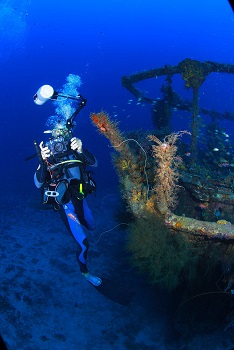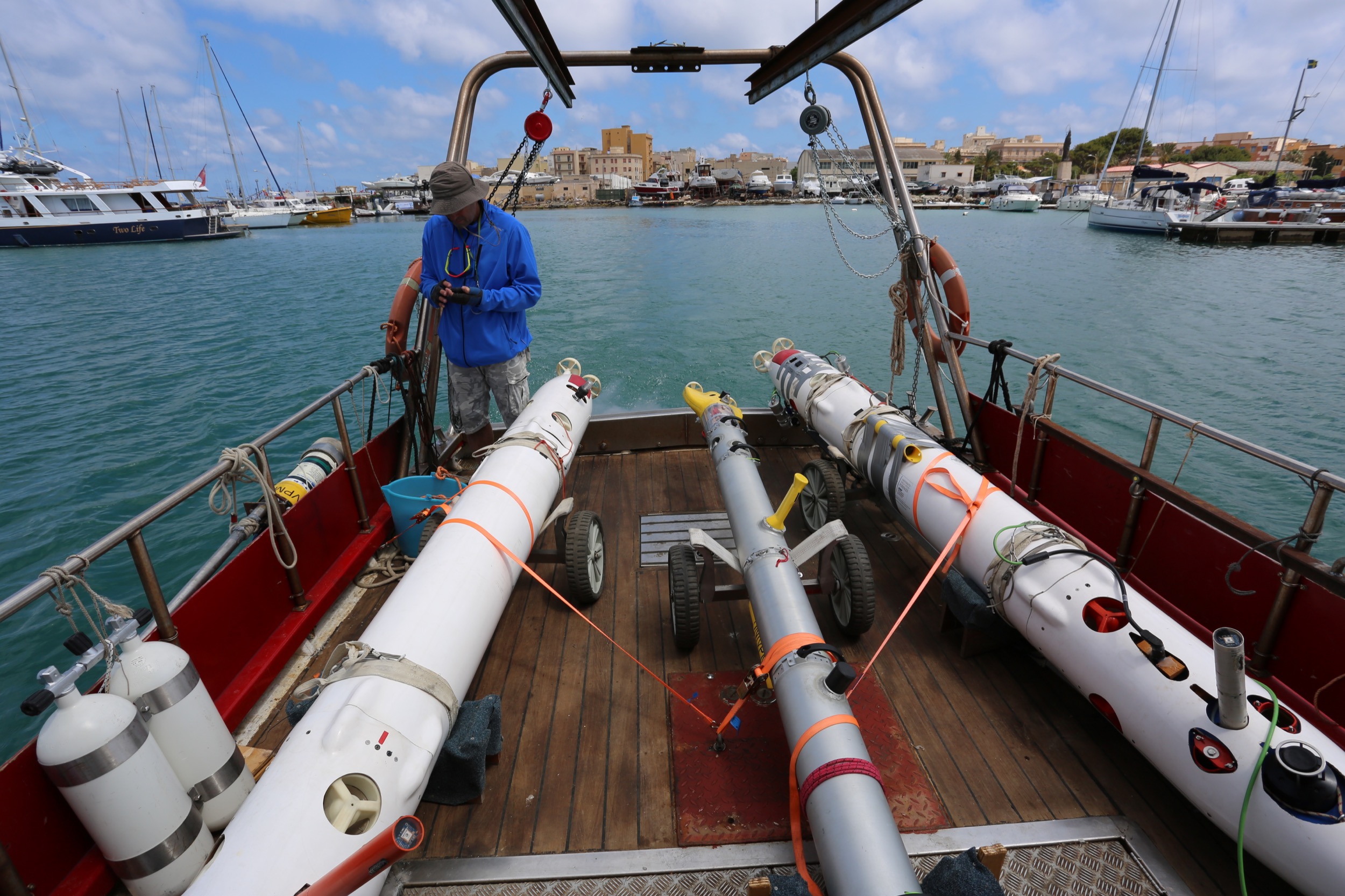Deep-diving robots to uncover the mysteries of the deep

date: 30/10/2015
Project: ARchaeological RObot systems for the Wor...
acronym: ARROWS
See also: CORDIS
Both the military and the oil and gas industries are already using underwater robots, but these machines are currently unaffordable for others. By developing new technologies and adapting existing ones, the ARROWS project is helping archaeologists to explore the murky depths that are often out of reach for human divers.
Expert divers do not usually go deeper than 100m, and even at shallower depths, it is not always safe for humans to approach items of interest, or even to dive in the vicinity. Project coordinator Benedetto Allotta of the University of Florence saw this with his own eyes during tests off the coast of Sicily. A team of divers was due to investigate a Roman wreck the same day, but the currents were so strong that one was nearly lost.
“These conditions are not dangerous for machines, and if you lose one, it’s much less serious than if you lose a person!” says Allotta.
Teamwork robot-style
The ARROWS robots are not only a safer option, but a more efficient one as well. The team has designed three different autonomous underwater vehicles (AUVs).
The U-CAT, described by Allotta as “quite a magic robot”, is around 50cm in length and mimics sea creatures such as turtles, using fins rather than propellers to move around. This not only makes it possible for the robot to easily move in all directions and therefore get inside nooks and crannies, but avoids stirring up silt on the sea bottom, which makes a difference to the images collected.
The U-TRAKER is the cheapest of the three options. It weighs less than 20kg, making it very transportable while it can be deployed by a single person.
Modular machine MARTA can be assembled and dismantled in a matter of minutes on board the support ship, with different sensors being added or removed as necessary.
The different machines are able to communicate with one another. So while one robot may use sonar technologies to identify potentially interesting spots, it can summon others equipped with cameras. These images can then be used above water to reconstruct relics in 3D and remodel them.
Deep-sea challenges
The challenges confronting the ARROWS team included localisation (if an image is taken, it is important to know where it was taken) and communication: acoustic technologies are used, but these are much slower and less reliable than airborne radio frequency technologies.
The robots must also be able to complete their mission without being in touch with the control room, sometimes for many hours. Persistent autonomy was therefore a priority.
The team also spent a lot of time working on the human-machine interface. “To make the robots available for non-experts, we need to make them very simple,” explains Allotta. This simplicity includes a touch screen for defining tasks, executing them, and carrying out post-mission analysis.
In addition to tests on a known wreck off Sicily, the robots were also let loose in a former jail and quarry in Estonia that have now been flooded. The results have been positive, and have attracted interest from archaeologists.
Allotta admits that when the project first started, he saw a lack of confidence among archaeologists. But while few people would describe listening to an argument as “satisfying”, this is how he describes disagreements between different archaeologists on how best to use the technology. “At that moment I understood that our goal had been reached!” he says.
While the project has now ended, Allotta estimates that the team needs two more years before the machines are fully commercialised, but such is the level of interest that he has already received a request for a quote from a potential client. Besides archaeologists, the robots are also likely to attract the interest of biologists and geologists.
Below MARTA en route for testing

MARTA in action

3D reconstruction of artefacts

© DIEF – University of Florence
Watch video ARROWS Project, mid term statement
Read an article in Horizon Magazine
